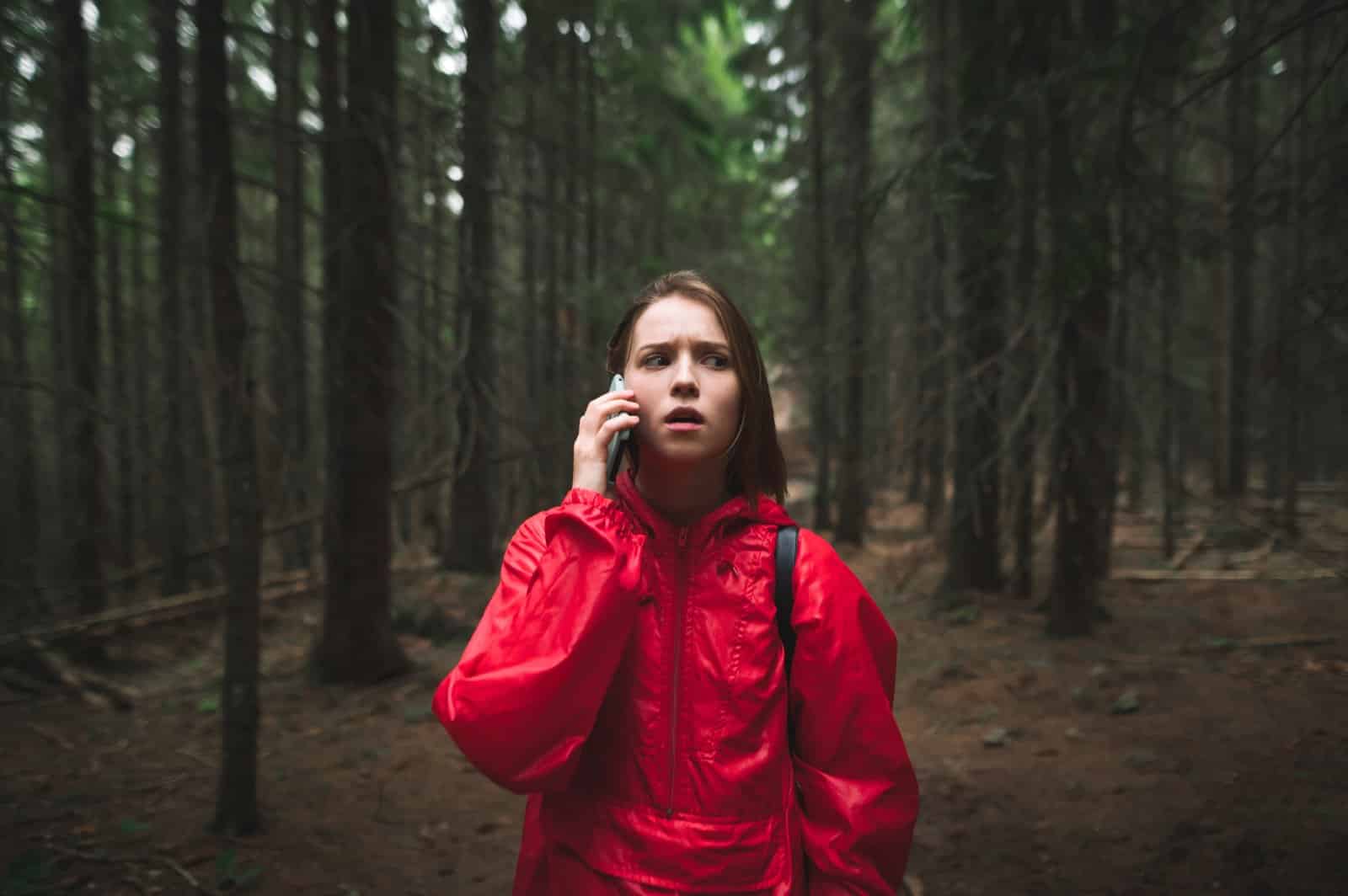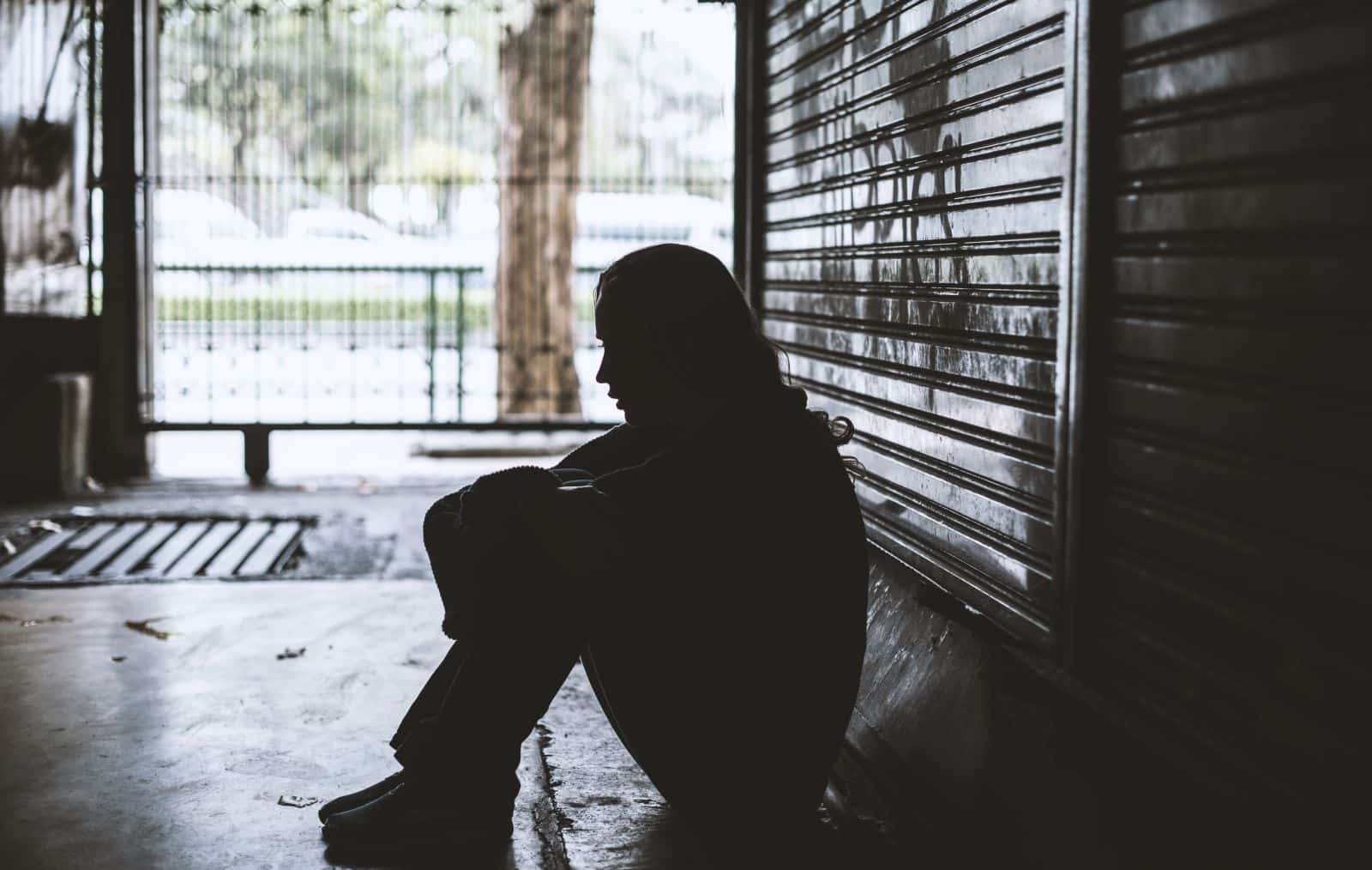In the swirling currents of online debate, a striking question emerges: Would you rather encounter a bear or a man if stranded in a forest? This viral trend highlights deep concerns about women’s safety, focusing on alarming statistics regarding rape, murder, and overall security in the U.S.
1. Historical Prevalence of Violence

Women face a significantly higher risk of sexual assault and violence from men than from wildlife encounters. The fear is rooted in decades of grim statistics and personal stories.
2. Unpredictable Human Behavior

While bears generally follow predictable patterns, human behavior can be erratic and dangerous. This unpredictability makes a human encounter more unnerving than a bear.
3. Justice System Shortcomings

Many women feel that the legal system often fails to protect them or adequately punish perpetrators of violence. This disillusionment contributes to their preference for the more straightforward nature of wildlife.
4. Media Amplification

Media reports on violent crimes against women by men can intensify the perception of risk, especially in isolated settings like forests.
5. Instinctual Responses

Women might feel more confident in their ability to deal with a bear, thanks to widespread education on wildlife safety, compared to the complex dynamics of confronting a threatening man.
6. Personal Safety Advice

Safety advice often warns women to be wary of unfamiliar men. This guidance becomes even more pertinent in the seclusion of the woods.
7. Cultural Narratives of Danger

Cultural stories and portrayals frequently depict men as potential predators, influencing women’s perceptions and fears in isolated environments.
8. Self-Defense Knowledge

Learning to defend against animal attacks is often seen as more feasible than preparing for human threats, making a bear encounter seem less daunting.
9. Bear Behavior Predictability

Bears usually avoid humans unless provoked, making their behavior somewhat more predictable and manageable than that of a potentially hostile man.
10. Clarity in Emergency Protocols

There is clear, established guidance on how to respond to bear encounters, unlike the complexities involved in dealing with human aggression.
11. Visible Signs of Danger

The size and presence of a bear make it easier to detect and react to, potentially giving women more time to take safety measures.
12. Behavioral Consistency

Animals exhibit more consistent behaviors compared to humans, which can make them seem less threatening in a survival situation.
13. Increased Isolation Risks

The isolation of the woods amplifies the fear of encountering a dangerous man, as help is far less accessible than in populated areas.
14. Murder Statistics

While most murders of women are by known individuals, the fear of stranger danger remains potent, especially in remote settings.
15. Support After Animal Encounters

Community and emergency support after bear encounters are typically straightforward, in stark contrast to the aftermath of assaults by men.
16. Misogyny and Inequality

Long-standing issues of misogyny and gender inequality exacerbate the distrust and fear women may feel toward unknown men in vulnerable situations.
17. Safety in Predictability

Many women perceive the risk from a bear as a known quantity, whereas human threats can vary wildly, making the former seem a safer bet.
18. Awareness of Self-Protection

Women are often more educated and prepared for wildlife encounters than for unexpected confrontations with men, influencing their preference.
Make Your Choice

This trend sheds light on the profound fears and concerns women face, not just in the woods but in everyday life. It’s a call to address these deep-seated issues and ensure safer environments for all.
The post Why Women Might Prefer a Bear Over a Man in the Woods first appeared on Pulse of Pride.
Featured Image Credit: Shutterstock / Oleg Fotografo.
For transparency, this content was partly developed with AI assistance and carefully curated by an experienced editor to be informative and ensure accuracy.

